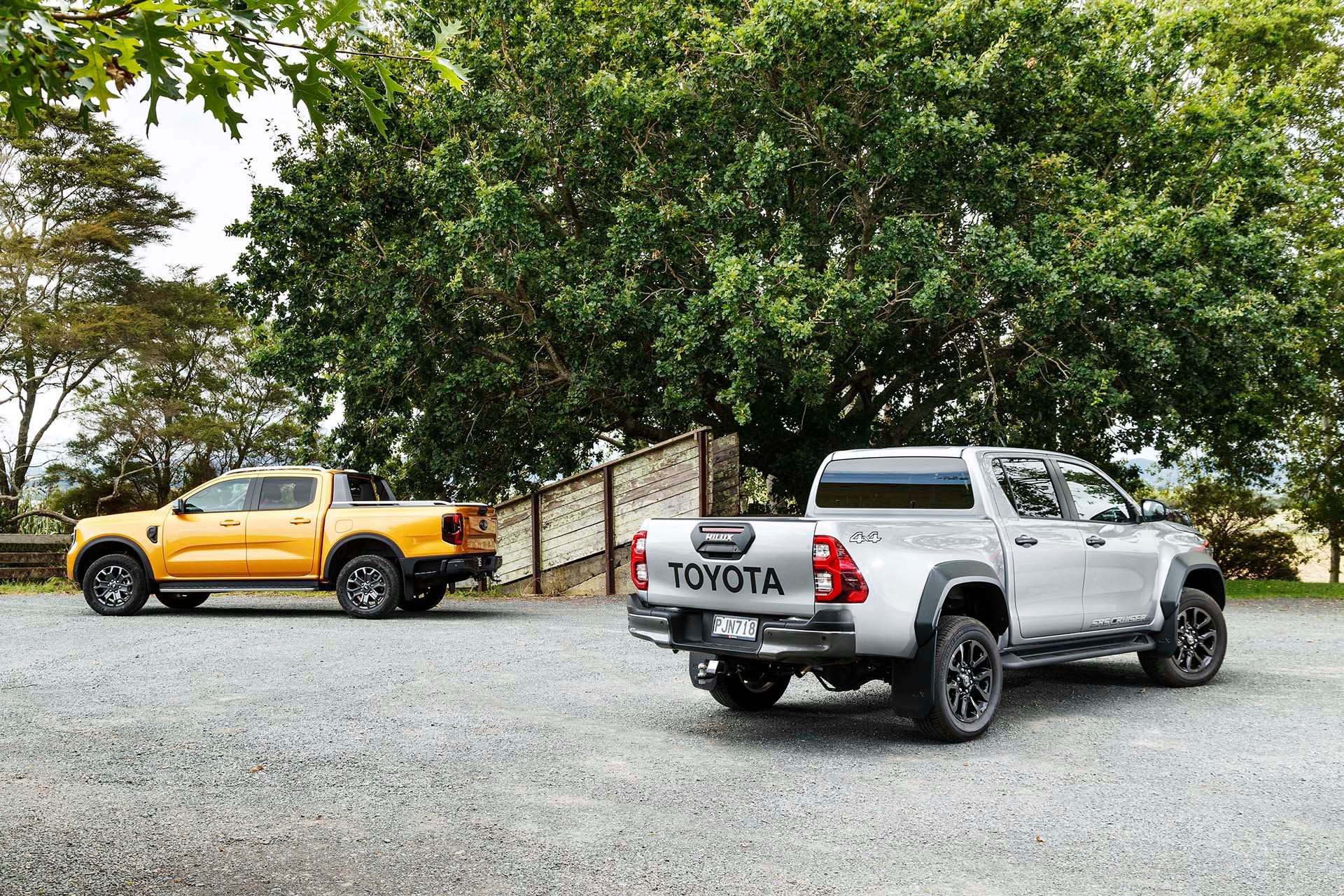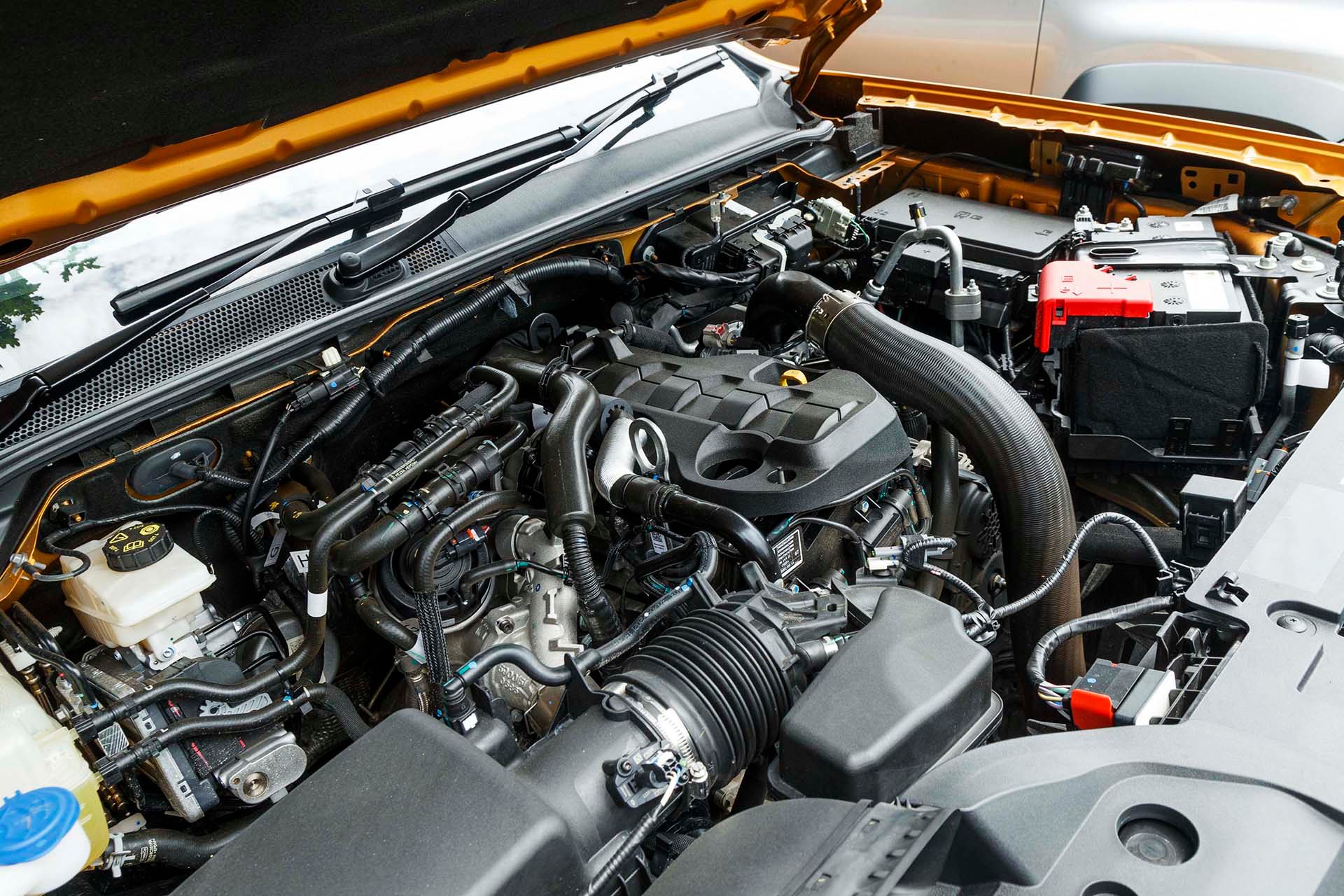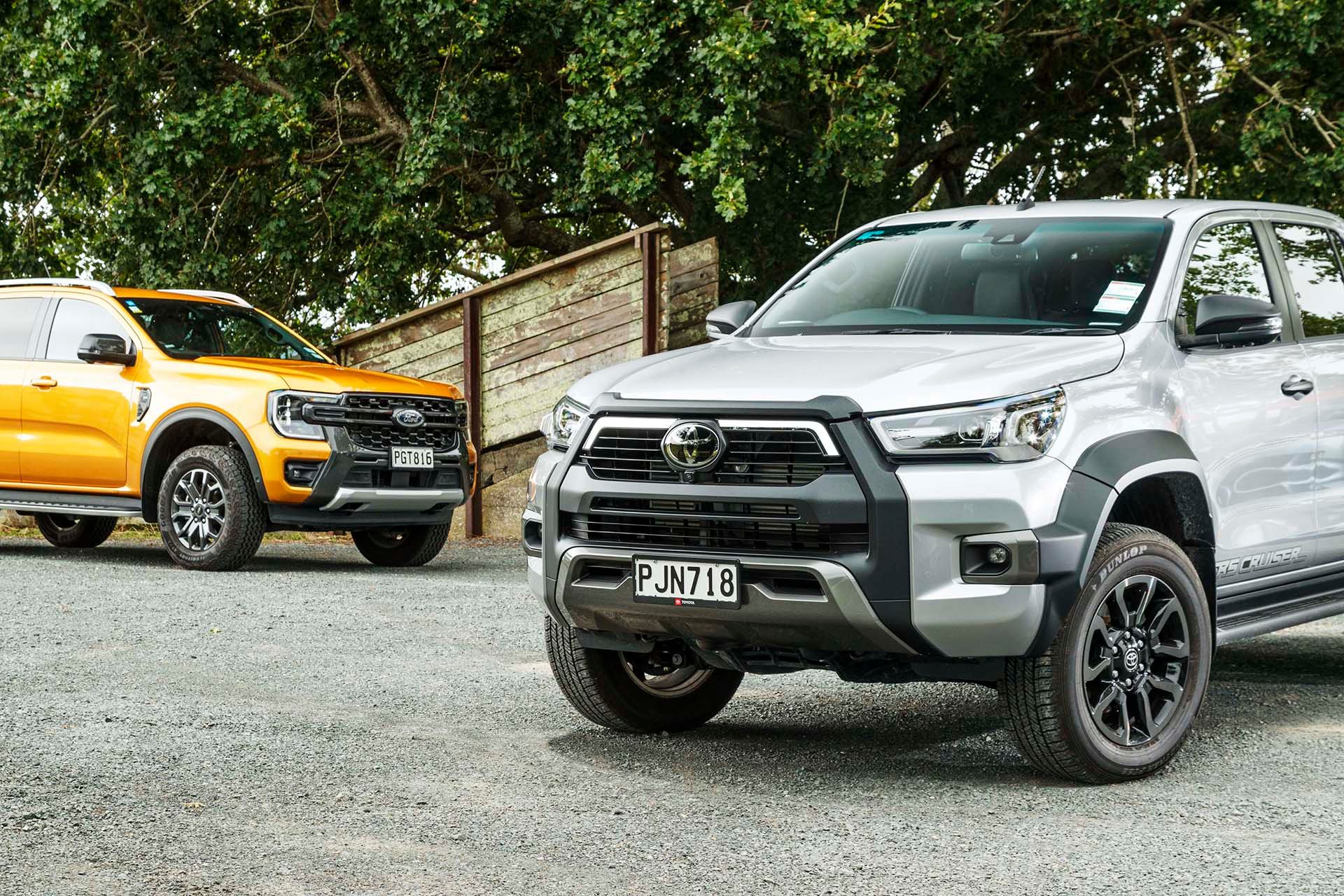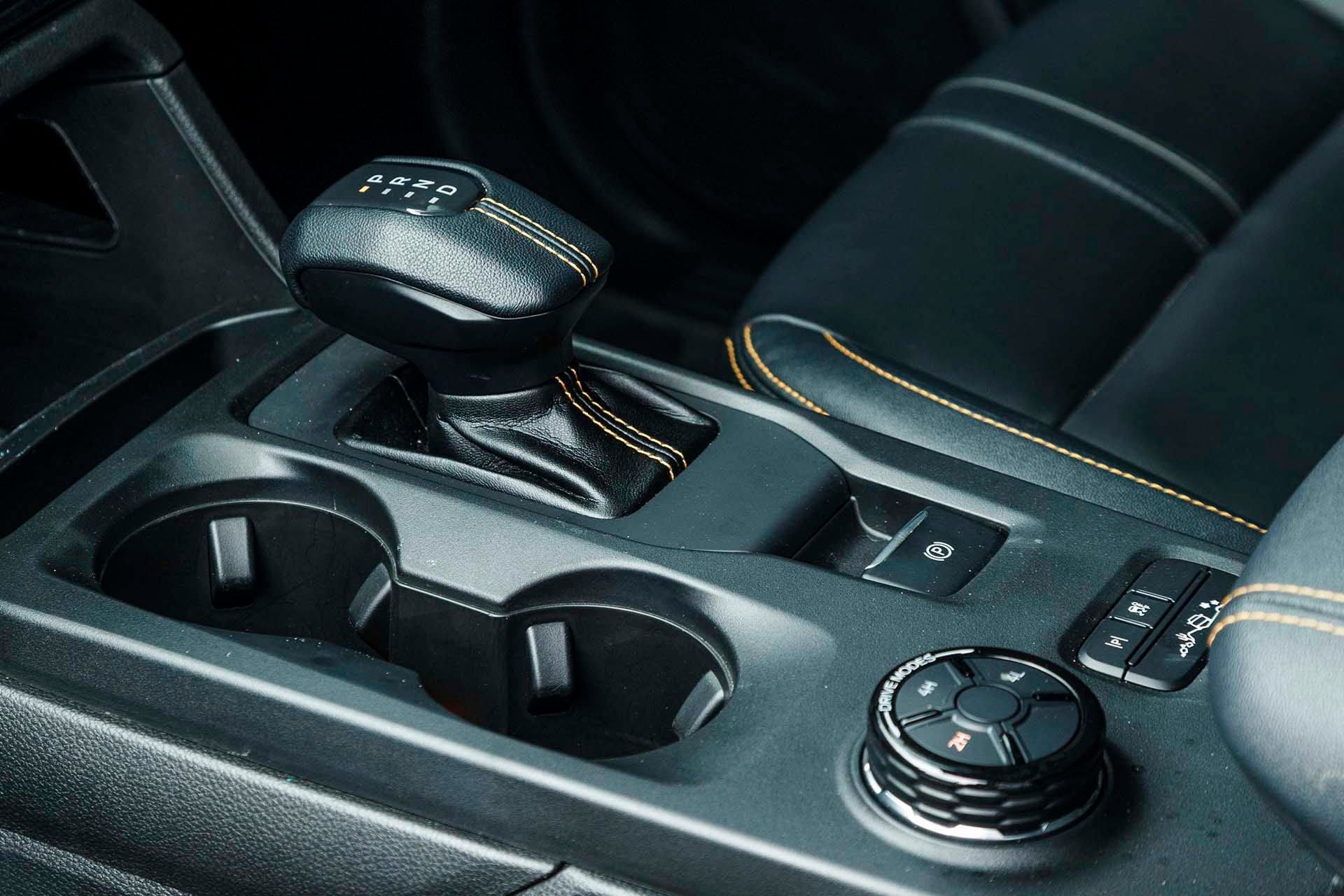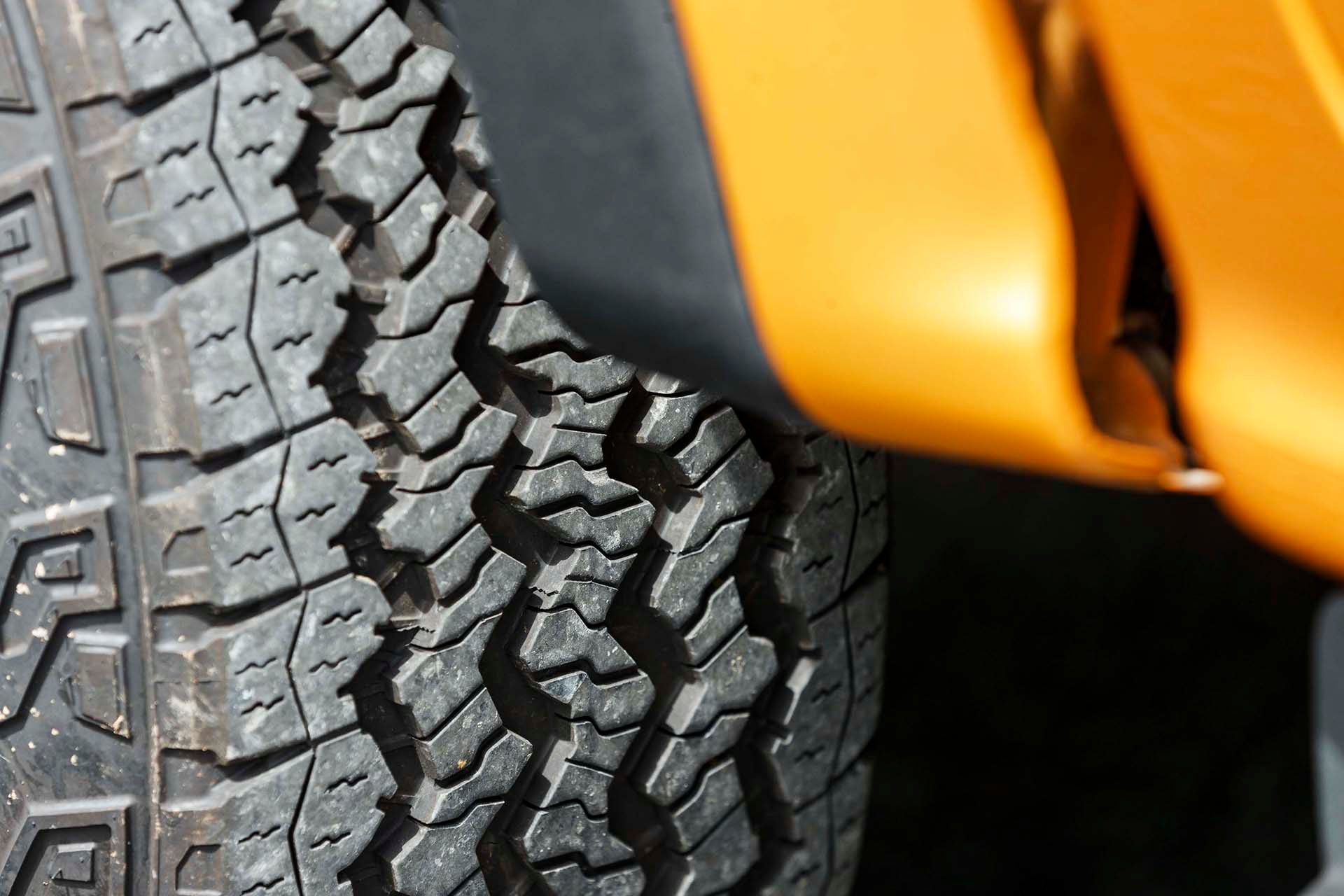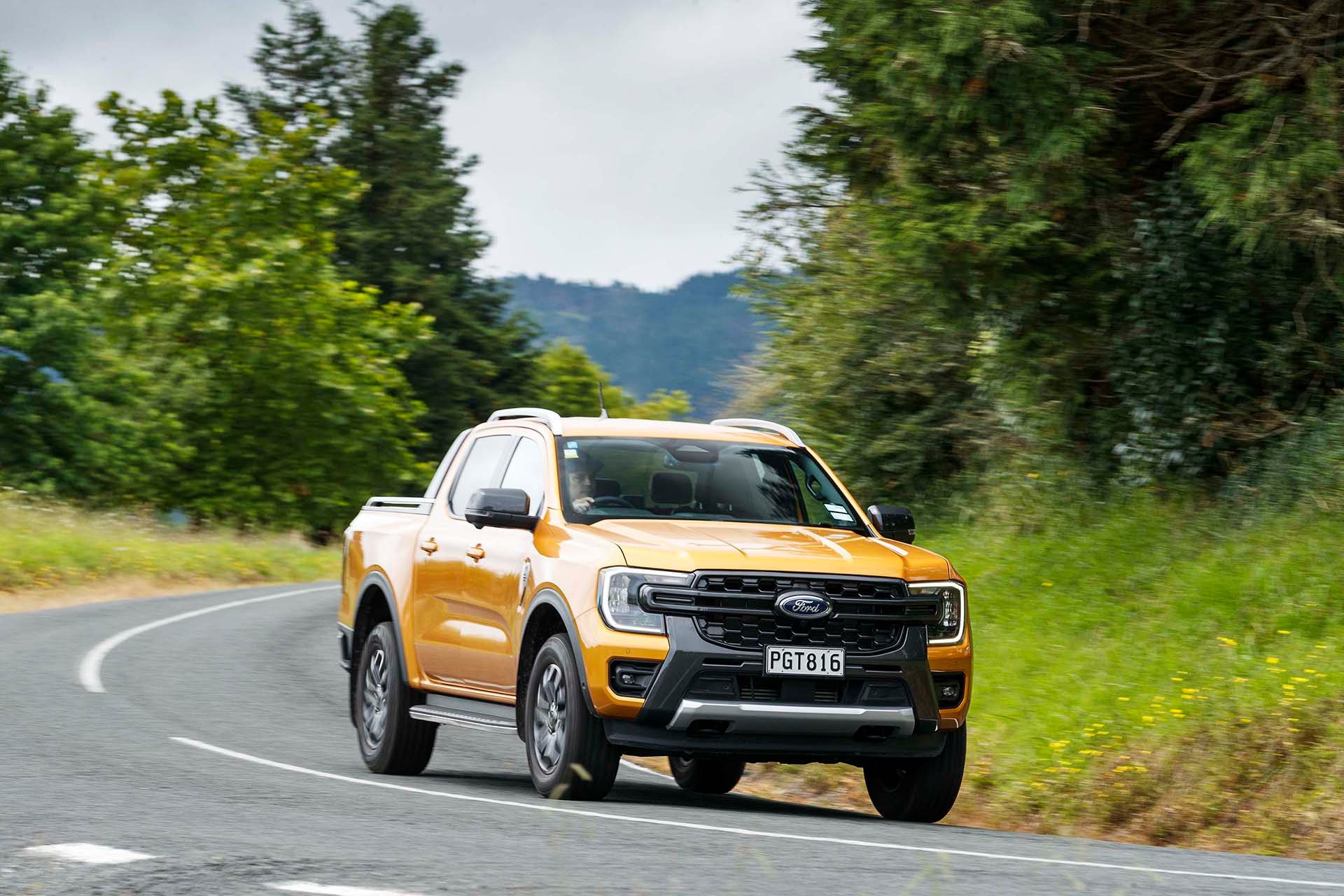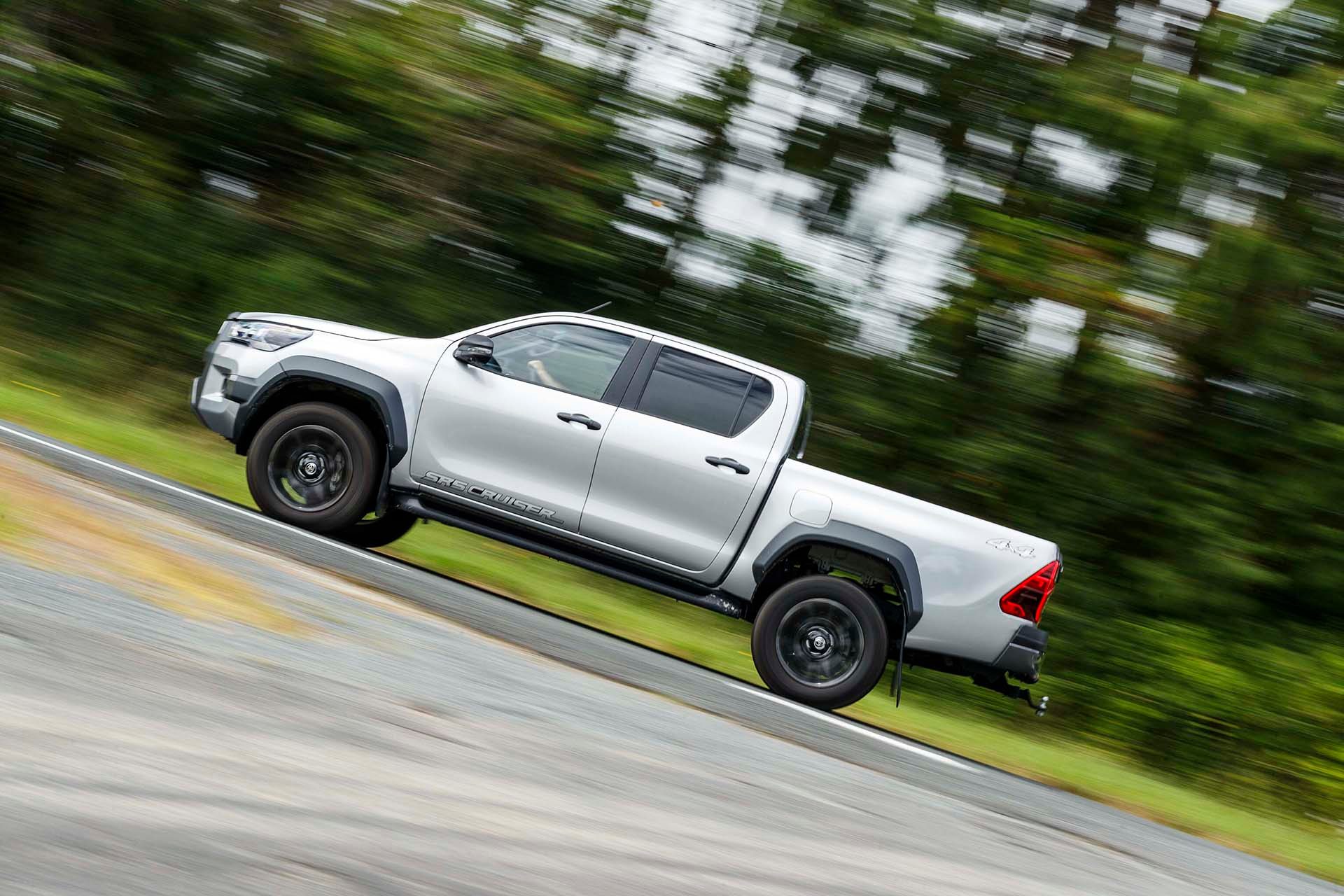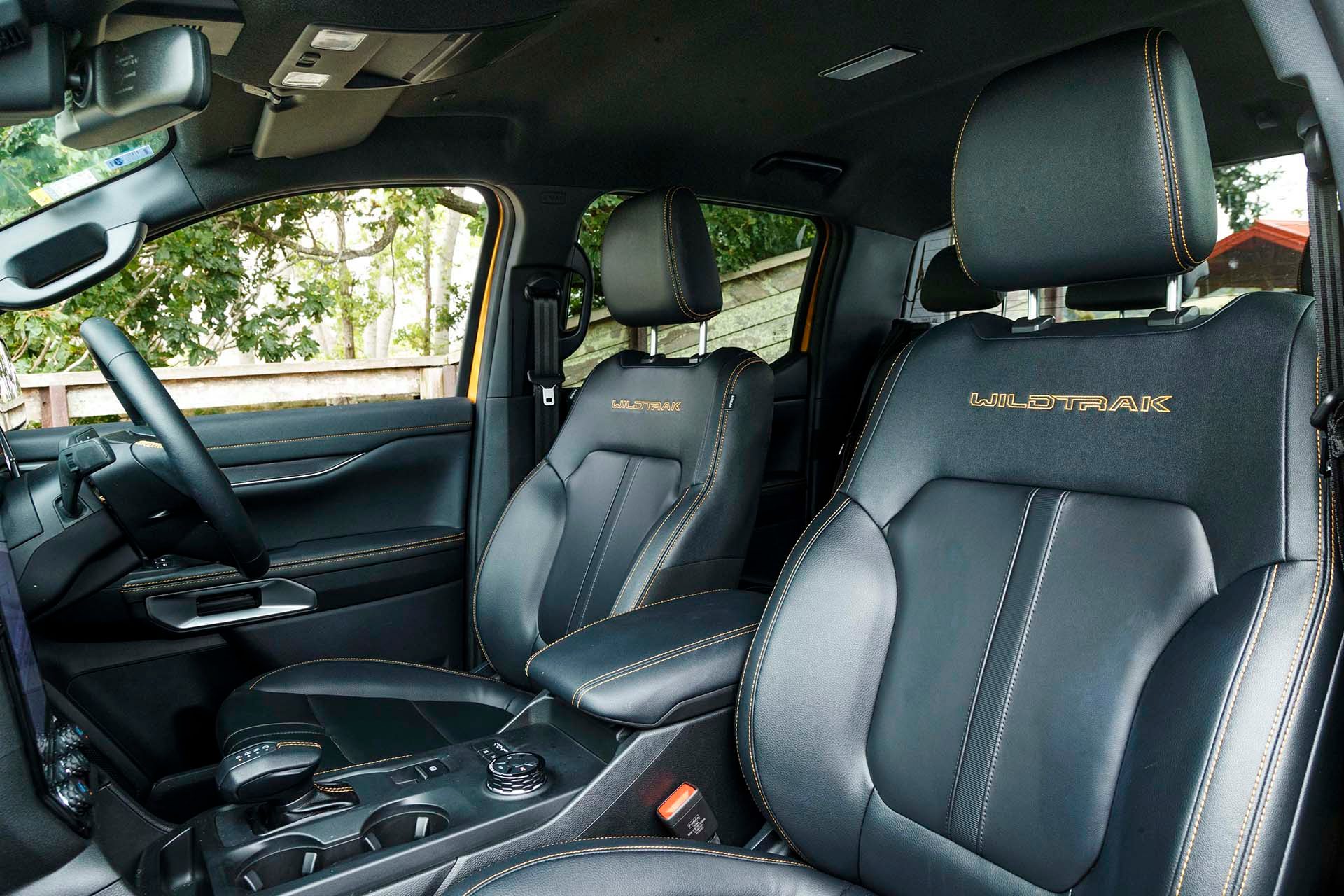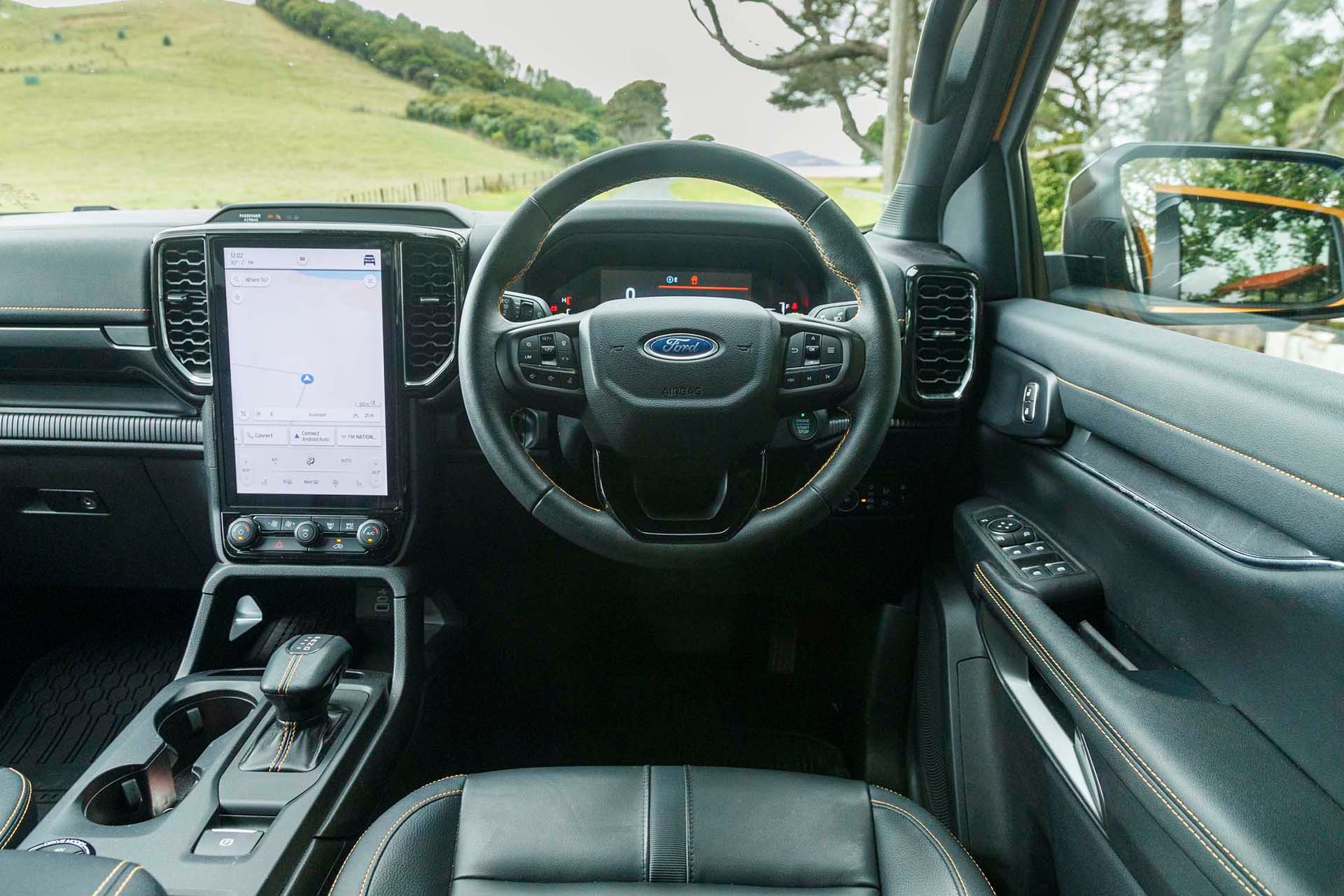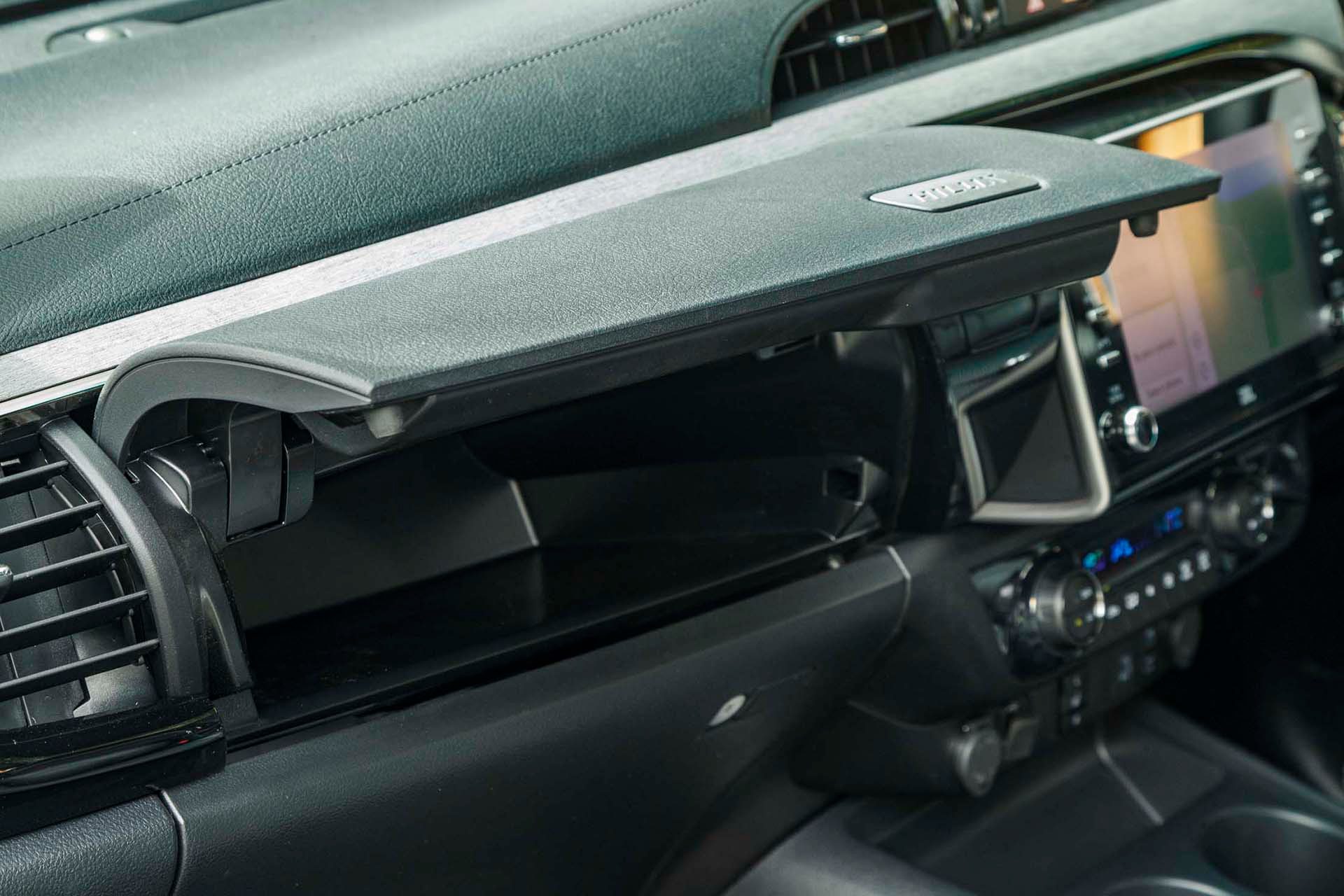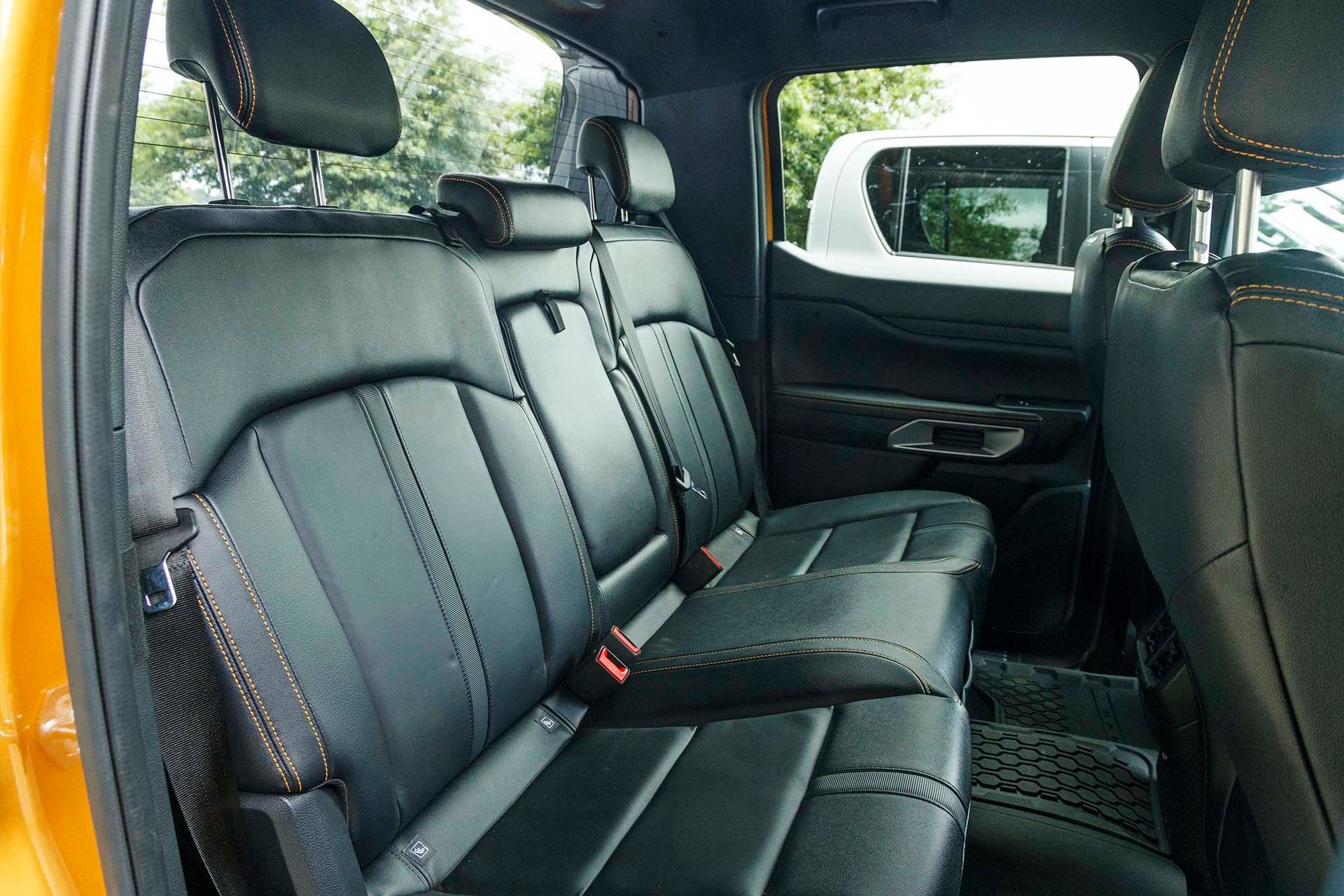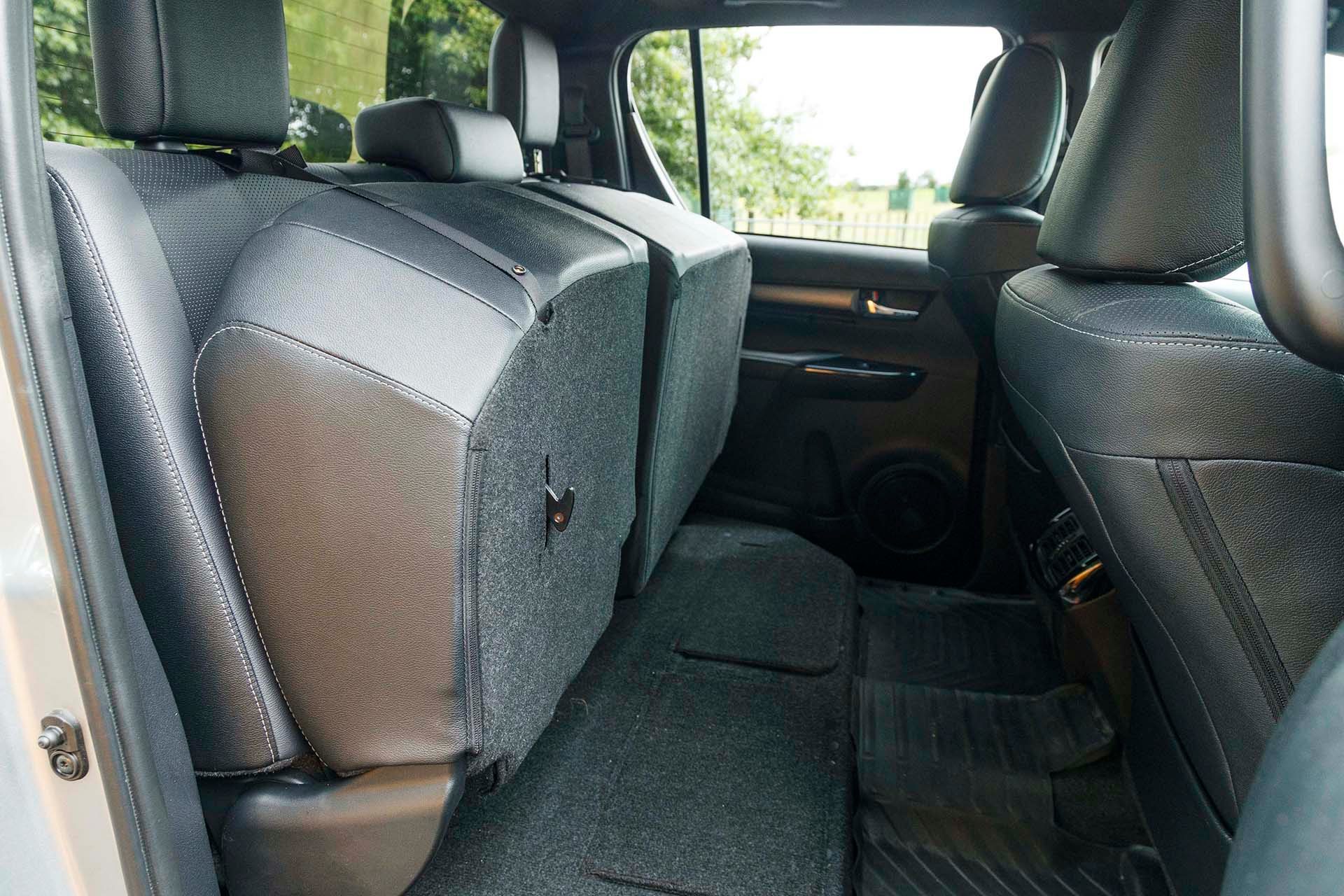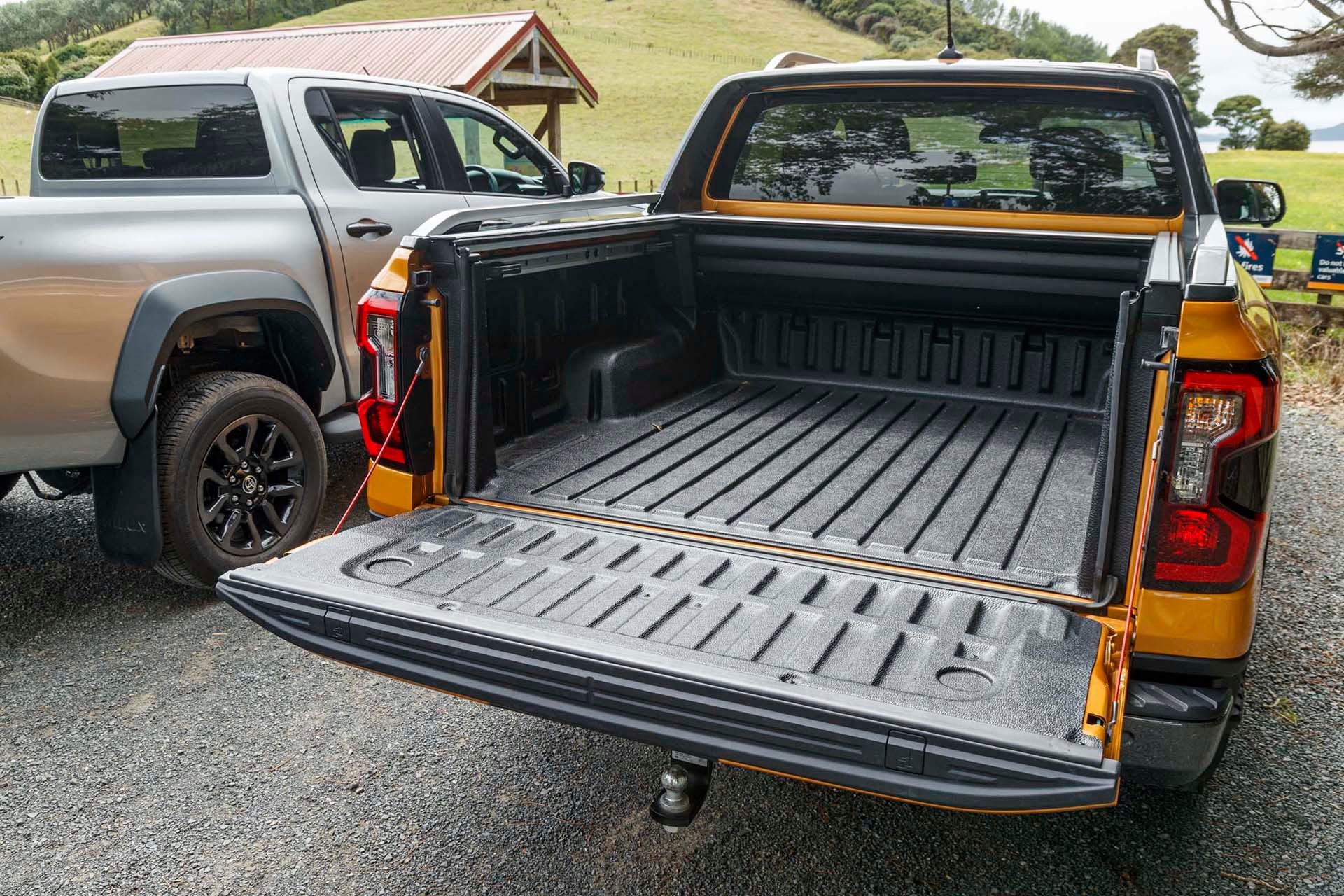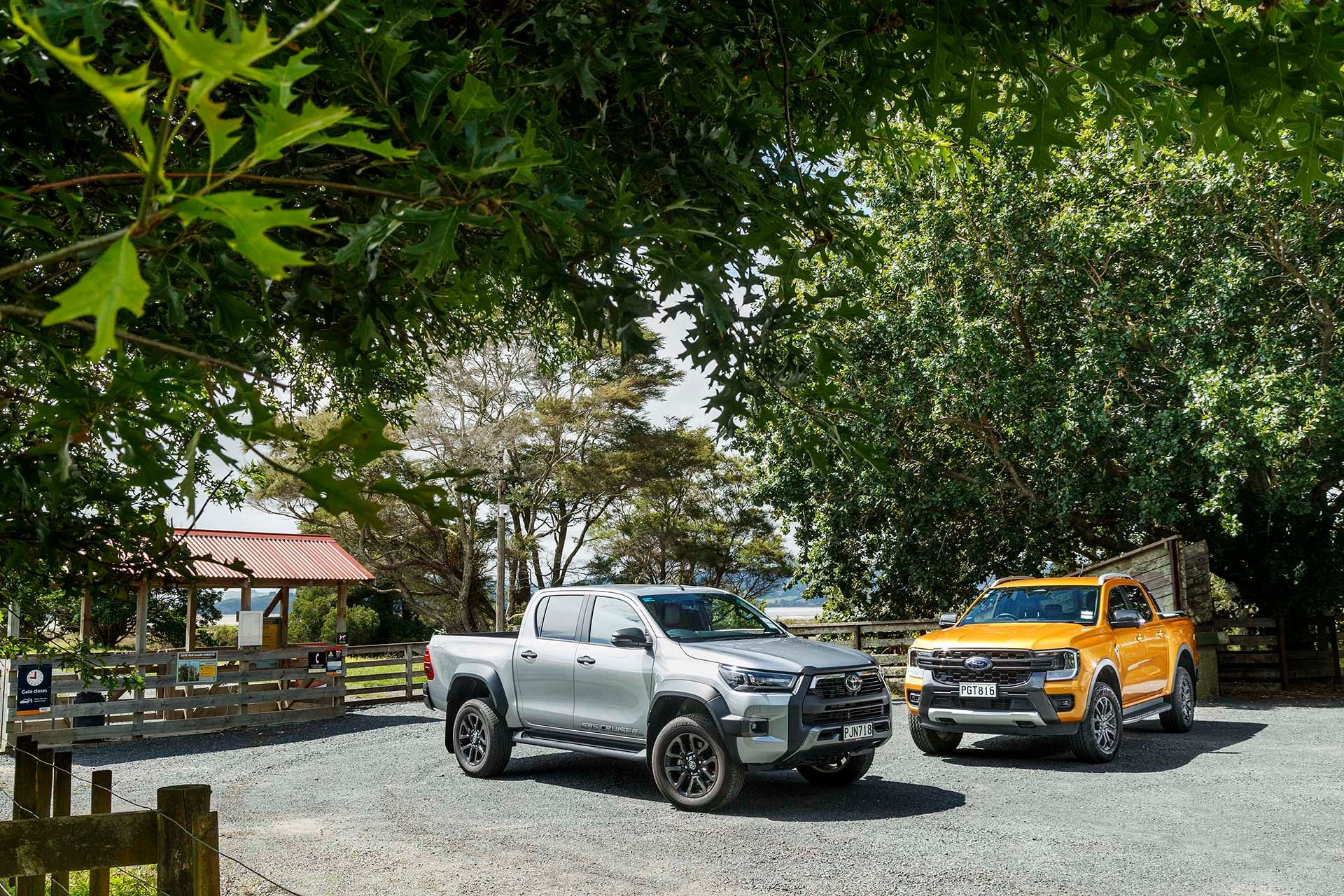2023 Ford Ranger Wildtrak vs Toyota Hilux SR5 Cruiser comparison review
Toyota’s Hilux and Ford’s Ranger are the two top dogs in the ute arena but one is younger, leaner and meaner.

Toyota’s Hilux and Ford’s Ranger are the two top dogs in the ute arena but one is younger, leaner and meaner. Is Hilux still up for the fight?
Despite the best efforts of Government policy, these two commercial vehicles, the Toyota Hilux and the Ford Ranger, continue to top the sales charts. Some ute nameplates have fallen on tough times, sales figures dipping dramatically after Clean Car fees, or the ute tax, came into effect. But not these two, both with a waiting list for some models, such is the fervour for these trucks. Most ‘do the mahi’, the double-cab ute favoured for its ability to work during the week and play on the weekend, or so the marketers tells us. Many other owners just cruise around with not much in the tray and just themselves in the cab. But now, all ute buyers pay the fee for the privilege, helping fund all those rich people into a new Tesla, or so we are told by the opposition.
Ranger has recently renewed, and the only truck to challenge it is the Hilux. Top spec utes remain popular, (what’s a few thousand more dollars in fees really?) and so we’ve got the Wildtrak together with the new ‘widetrack’ SR5 Cruiser. Which of these utes really rules the roost?
The specs please
Hilux offers capped price servicing at $390 a pop; keep up the maintenance and you get another two years/50,000km on the standard 3yr/100,000km warranty, therefore matching Ford’s 5yr/150,000km cover.
Another Toyota Hilux update
How does the Hilux go against Ranger though?
What are the Ranger and Hilux like inside?
Up for hard work?
Ford Ranger vs Toyota Hilux, which is better?
| Model | Ford Ranger Wildtrak Bi-Turbo |
| Price | $75,990 |
| Clean Car Discount | Fee – $1840 |
| Engine | 1996cc, IL4, TDI |
| Power/Torque | 154kW/500Nm |
| Drivetrain | 10-speed auto, switchable 4×4 |
| Fuel Use | 8.1L/100km |
| C02 Output | 218g/km |
| 0-100km/h | 9.32sec |
| 80-120km/h | 7.10sec (204m) |
| 100-0km/h | 38.95m |
| Stability systems | ABS, ESP |
| Safety | AEB, ACC, BSM, LDW, RCTA, ALK, AHB |
| Tow rating | 750kg (3500kg braked) |
| Service intervals | Variable |
| Warranty | 5 years/150,000km |
| ANCAP rating | 5 stars (2022) |
| Weight | 2271kg (claimed) |
| Model | Toyota Hilux SR5 Cruiser 4×4 |
| Price | $63,390 |
| Clean Car Discount | Fee +$3795 |
| Engine | 2755cc, IL4, TDI |
| Power/Torque | 150kW/500Nm |
| Drivetrain | 6-speed auto, switchable 4×4 |
| Fuel Use | 9.5L/100km |
| C02 Output | 252g/km |
| 0-100km/h | 9.90sec |
| 80-120km/h | 7.82sec (218m) |
| 100-0km/h | 35.24m |
| Stability systems | ABS, ESP |
| Safety | AEB, ACC, BSM, LDW, RCTA, ALK, AHB |
| Tow rating | 750kg (3500kg braked) |
| Service intervals | 12months, 100,00km |
| Warranty | 3 years/100,000km |
| ANCAP rating | 5 stars (2019) |
| Weight | 2135kg (claimed) |
This article was originally published on autocar.co.nz
Also consider
